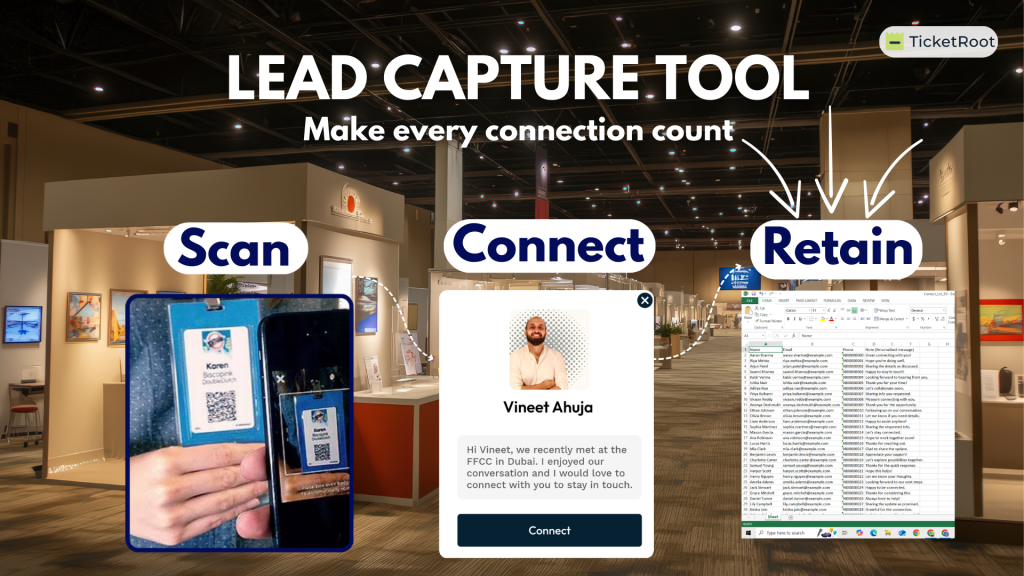At peak hour, the food court feels like the beating heart of a festival—stalls buzzing, aromas in the air, and a river of guests snaking through queues. But once the event ends and the numbers are tallied, a different picture often emerges: high footfall, modest revenue, and a reconciliation headache that can drag on for days.
The silent culprit is operational friction.
Where Revenue Quietly Leaks
One of the biggest sources of loss is queue abandonment. Every extra minute in line is an invitation for second thoughts, and across multiple live events and food festivals, 20–30% of potential peak-hour transactions vanish simply because guests refuse to wait.
Manual processes are another hidden problem. Tokens, paper slips, and cash collections appear simple but create risk. Miscounts happen. Cash occasionally disappears. Reporting is slow and opaque, and vendor settlements are delayed. In multi-vendor setups, these inefficiencies compound, turning a high-traffic food court into a revenue drain.
The real bottleneck, however, isn’t the line—it’s the ledger. Post-event reconciliation in a manual environment is slow and error-prone, and this is where the largest invisible revenue loss occurs.
A Real Example: From Coupons to Cashless
A national food festival learned this the hard way. For years, it ran entirely on an archaic coupon system. Over its 15-day run, the organizing team faced constant accounting delays, endless manual recounts, and settlement disputes with vendors that dragged on for weeks after the event.
When they switched to a cashless event tech system, the transformation was immediate. Revenue jumped as queues shortened and spontaneous purchases increased. Guests topped up effortlessly, which encouraged higher per-person spending. Vendor settlements went live, replacing weeks of manual reconciliation with instant clarity.
What changed wasn’t the audience or the menu—it was the removal of friction through a cashless F&B workflow.
Why Cashless Changes the Equation
Organizers that transition from manual to cashless F&B operations often see 20–35% revenue growth. Reduced friction drives spontaneous purchases. Prepaid top-ups naturally lift the average guest spend per event. SKU-level data empowers organizers to make smarter decisions on vendor management and menu planning.
Even vendors who are initially skeptical quickly become advocates. Faster throughput, real-time sales visibility, and instant settlements replace the guesswork and manual effort of old systems.
The Takeaway for Organizers
Food court operations are a profit center under pressure. Manual systems slow lines, bleed revenue silently, and strain vendor trust. For organizers navigating rising event costs and higher guest expectations, cashless F&B is no longer experimental—it is the operational baseline. Events that adopt it achieve faster service, cleaner reconciliation, and higher measurable revenue without changing the menu or the audience.
If you are looking to audit your food court or flea market operations or explore proven cashless workflows, our team can help you assess the potential uplift for your next event.
Curious what your F&B zone could actually earn? Explore your options here.






